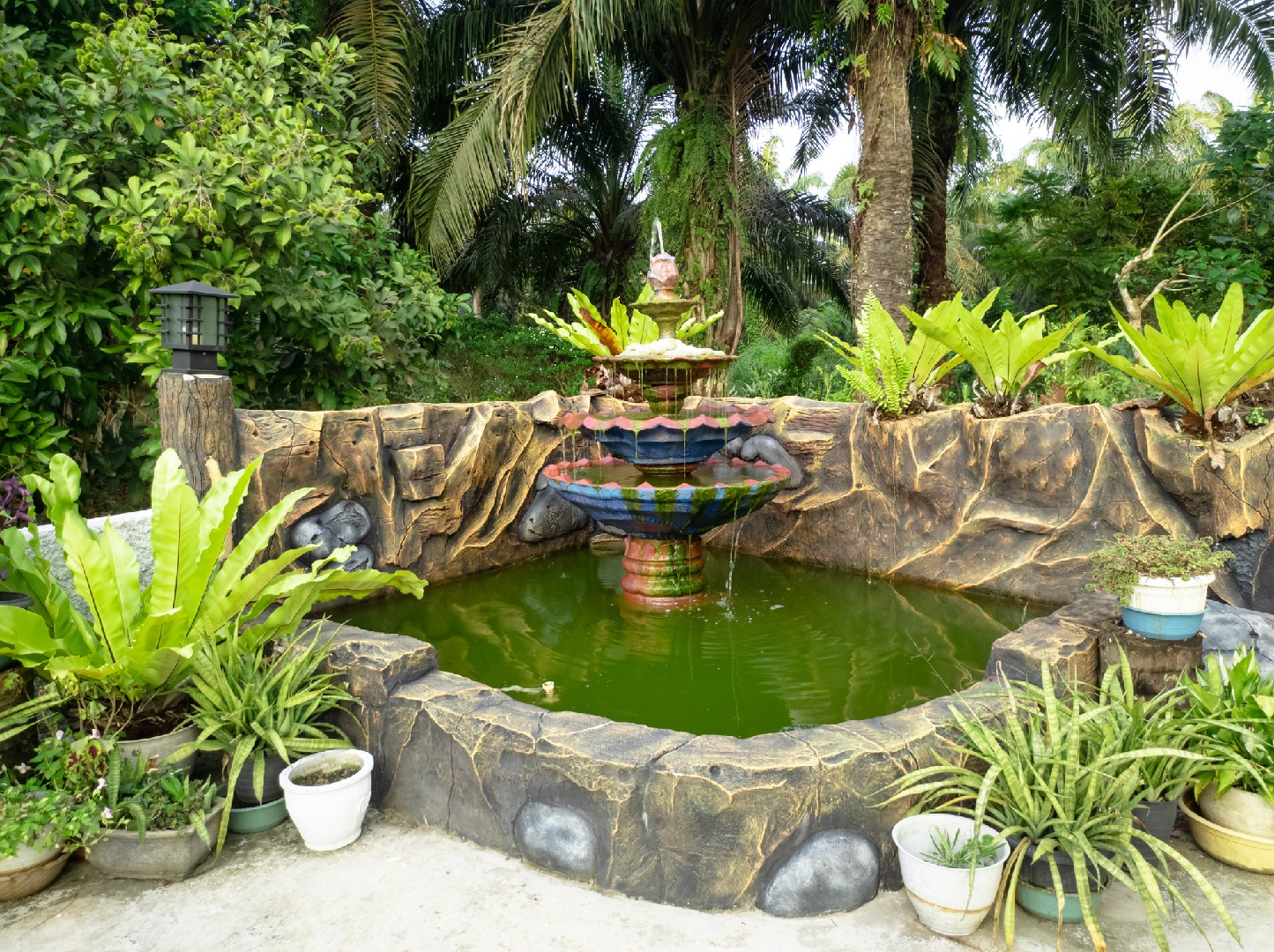![Rectangle]()
Implementing Feng Shui Principles in Different Garden Styles
Incorporating Feng Shui principles in different garden styles allows you to create a balanced and harmonious outdoor space. Whether you have a Zen garden, an Asian-inspired garden, a rustic garden, or a modern garden, there are various ways to integrate water features that align with the principles of Feng Shui.
Starting with Zen gardens, simplicity and tranquility are key. These gardens often feature minimalistic designs, with clean lines and a focus on natural elements. When incorporating water features, such as a small pond or a water fountain, it's important to place them in a way that creates a sense of calm and peacefulness. You can achieve this by positioning the water feature in a central location, surrounded by carefully placed rocks, plants, and moss. This creates a meditative atmosphere, allowing you to connect with nature and find inner peace.
Asian-inspired gardens draw inspiration from traditional Chinese and Japanese designs. These gardens often feature elements like pagodas, lanterns, and bamboo. When incorporating water features, such as a koi pond or a waterfall, it's important to consider the flow of energy, known as Qi, within the space. To enhance the Qi, you can add plants with rounded leaves and vibrant colors around the water feature. This will create a sense of balance and harmony, inviting positive energy into the garden.
Rustic gardens embrace a natural and organic aesthetic. They often feature elements like wooden fences, stone pathways, and wildflowers. When integrating water features, such as a natural stream or a birdbath, it's important to consider the overall landscape and wildlife. You can create a harmonious environment by incorporating native plants around the water feature, attracting birds and butterflies. This will not only enhance the beauty of the garden but also create a habitat for wildlife.
Modern gardens often have a sleek and minimalist design. They feature clean lines, geometric shapes, and neutral colors. When incorporating water features, such as a modern water wall or a shallow reflecting pool, it's important to consider the placement and materials used. Opt for water features that blend seamlessly with the overall design of the garden. You can create a focal point by positioning the water feature in a strategic location, such as near the entrance or as the center of attention in a seating area.
To further illustrate the implementation of Feng Shui principles in different garden styles, let's explore some case studies. In a Zen garden, a well-executed water feature consists of a small stone fountain surrounded by lush greenery. The gentle trickling sound of the water creates a soothing ambiance, promoting relaxation and mindfulness. In an Asian-inspired garden, a koi pond with strategically placed stepping stones and ornamental plants creates a sense of serenity and balance. In a rustic garden, a babbling brook surrounded by native flowers and shrubs attracts wildlife, bringing life and vibrancy to the space. And in a modern garden, a sleek and contemporary water feature, such as a linear fountain, adds a touch of elegance and sophistication.
By incorporating Feng Shui principles in different garden styles and carefully selecting the right water features, you can create a tranquil and harmonious outdoor space that promotes positive energy and well-being. Whether you prefer the simplicity of a Zen garden or the sleekness of a modern garden, there is a way to integrate water features that align with the principles of Feng Shui. Remember to consider the flow of energy, the placement of elements, and the overall aesthetic when designing your outdoor oasis. Happy gardening!





